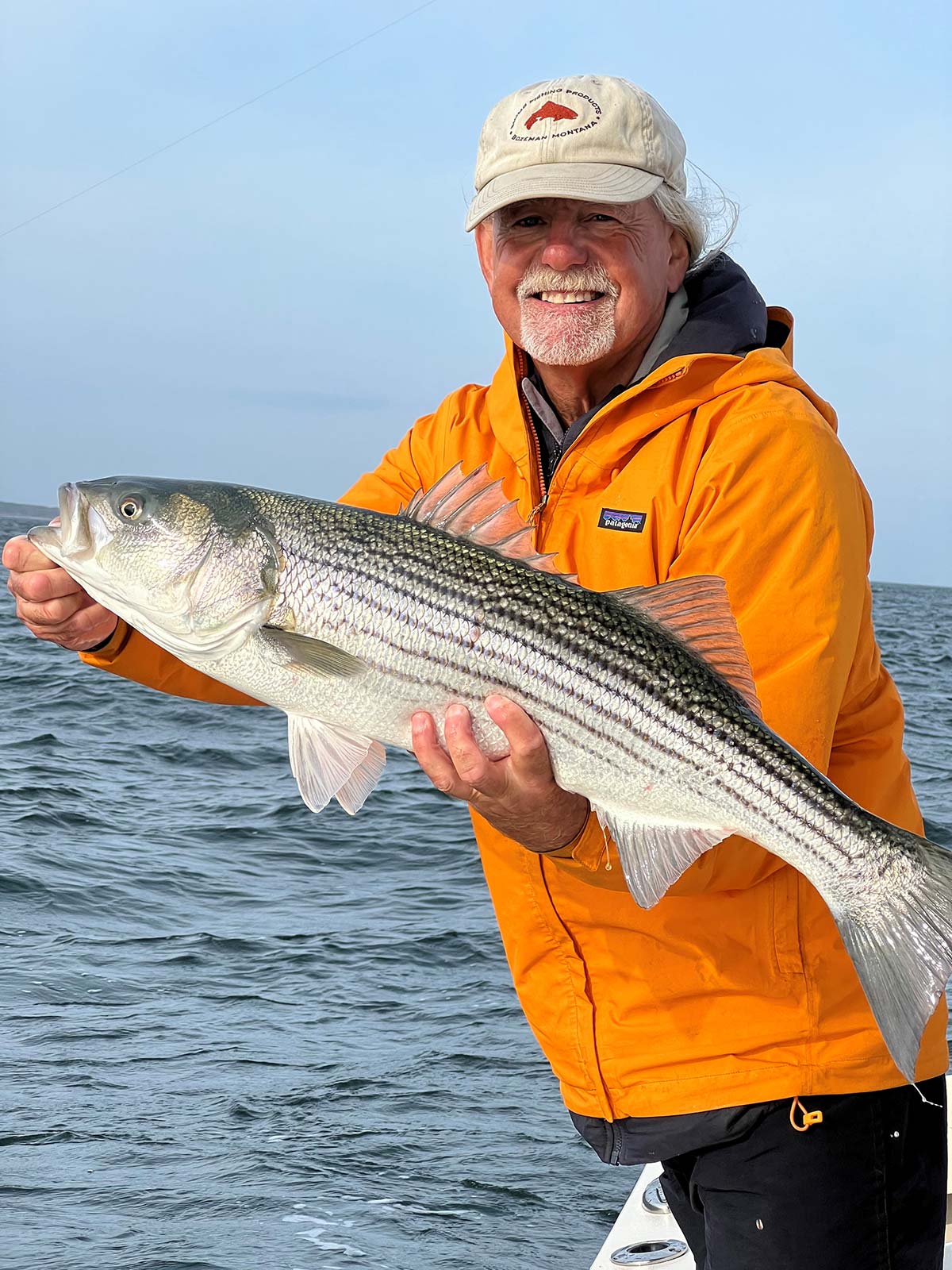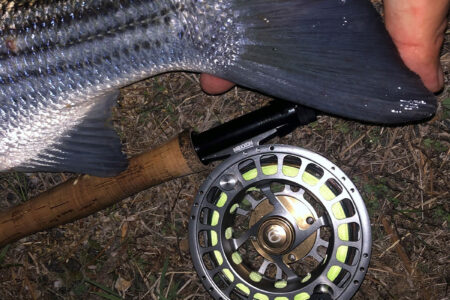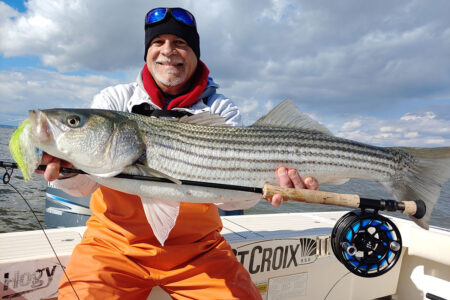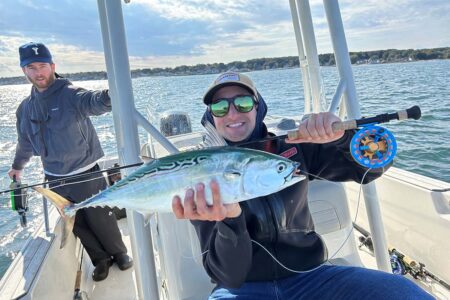
Nothing intimidates fly casters like a stiff wind.
Nothing intimidates fly casters like wind. More than just a puff in your face and many casters fall apart. This holds true especially in saltwater, where there’s usually more of it and nothing there to block it. If you ask me, it’s a tossup if it’s more bothersome physically or psychologically. Both become a caster’s problem. Regardless, there are solutions for better casting when the wind is an issue, be it casting into it, the wind blowing the line and fly into your body, or even throwing with a hard wind at your back. Here are some useful tips.
Good Technique Paramount
First off, better casters will fare better in the wind. Learning, using, and practicing good fundamental technique is the most effective way to fight and beat the wind. In wind most casters push, which results in overdoing technique. They load too fast, make an exaggerated wrist arc, push too hard, too soon, and too fast, and this results not only in their technique going to hell but their timing as well. The result? The cast falls apart. Pushing and rushing is simply counterproductive. If you just relax and stay within your usual basic technique and timing you’ll deal with that wind much better. Good basic technique conquers a lot. The better your casting fundamentals are, the better you’ll be in the wind, and the more confidence you’ll have casting in it as well. And remember to say and think the word “relax” before you make that cast. This simple mantra will relax your entire body, ease your mind, and help your casting immeasurably.
Some Reminders
Make sure your backcast straightens out. This is especially crucial when casting with a strong wind blowing from behind. You may need a powerful backcast here. You always want to begin your stroke, backcast or forward cast, with the line extended and straight anyhow, but in wind it’s a must.
Do not speed up the loading (rod bending) part of the casting stroke. If you do, don’t do it by much. This is critical. Speeding it up will result in bending (loading) the rod LESS, something you can’t afford anyway, let alone when casting in wind.
Do not make a bigger wrist arc at the end of the stroke either. This will take all the speed out of your line (which is what you need here). If casting into more than a moderate wind this will result in the line being blown right back into you. Keep that wrist arc short…and keep it fast.
The more you load (bend) the rod the more power you have and the more powerfully you can cast into a headwind. You load the rod best through optimal speed of acceleration through the loading part of the stroke. This holds for both no wind and lots of it; don’t rush the loading movement. This takes discipline.
For Making a short cast with the wind blowing the fly line and fly into your body from the side one of the easiest things to do is, with the rod positioned at twelve o’clock, let the wind blow the fly line and fly to the other side of your body and make a standard forward cast.
An alternative for the same crosswind conditions (for a short or medium length cast, and actually a pretty long one if you can handle it) is, cast with your casting hand on the other side of your body (crossbody) – rod and outfit are on the opposite side than they usually are, and make the cast this way. Fly and line will, of course, be blown away from your body. It helps to keep the reel pointed out to the side (90 degrees to the direction of the cast) to make this really effective too, especially for a long cast. My friend Rob Luhrs, tournament tarpon fisherman, uses this cast routinely and oh so effectively in his “poonie” flats endeavors.
I think the most effective way to deal with the wind blowing the fly and fly line into your body is to turn around and present on the backcast, and when it comes to power and distance especially, nothing beats it. I use this cast all the time and think it necessary for truly effective saltwater fly fishing anywhere, especially here in the Northeast. It’s also dynamite for streamer fishing in medium and large rivers.
The Presentation Backcast
Except when fishing short, you want to get your body into the cast, including a weight shift toward the direction of the cast. You want to take precautions to not exaggerate this though and you want to make it smooth as well. For a short or medium length cast this can look very subtle.
The longer you want to throw the longer you extend on the load (up to a point). It helps if you lead with the reel as you load—that is, executing the loading movement with the rod angling backwards, away from the cast’s direction.
Move that casting hand in a straight line towards the cast’s direction and make a short wrist arc at the end of the stroke. You can support this short wrist movement with your forearm. And remember this is a pulling motion.



